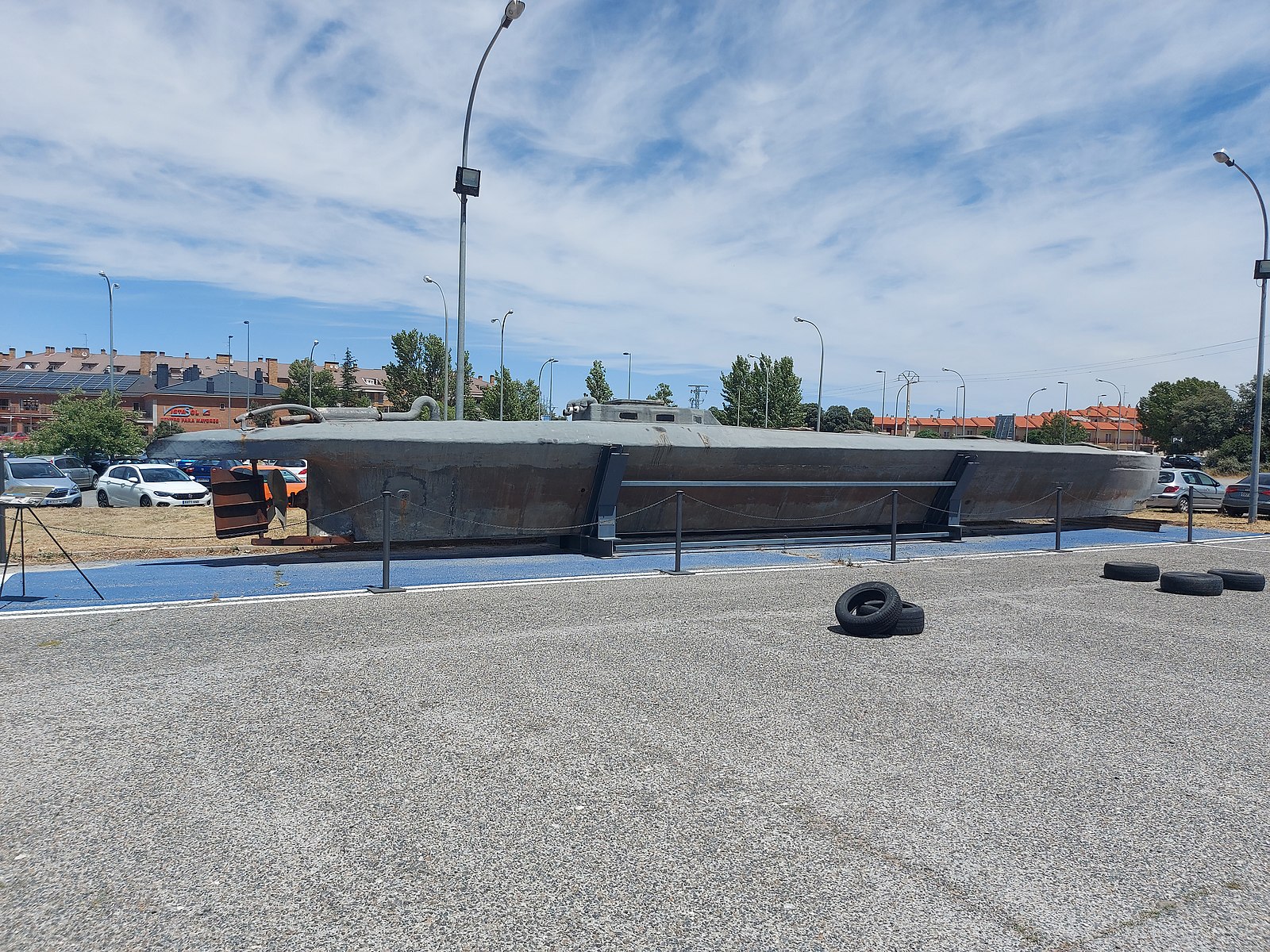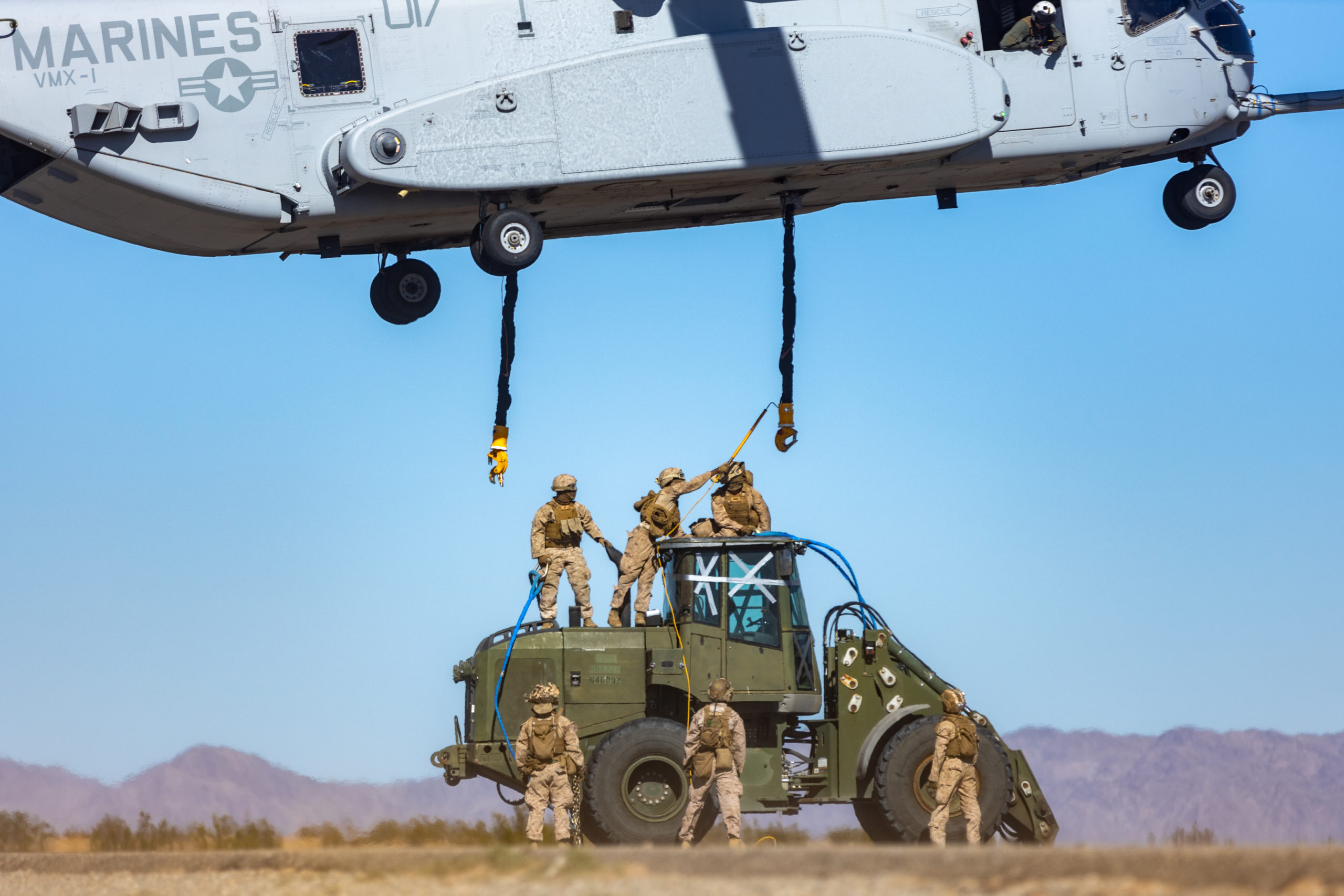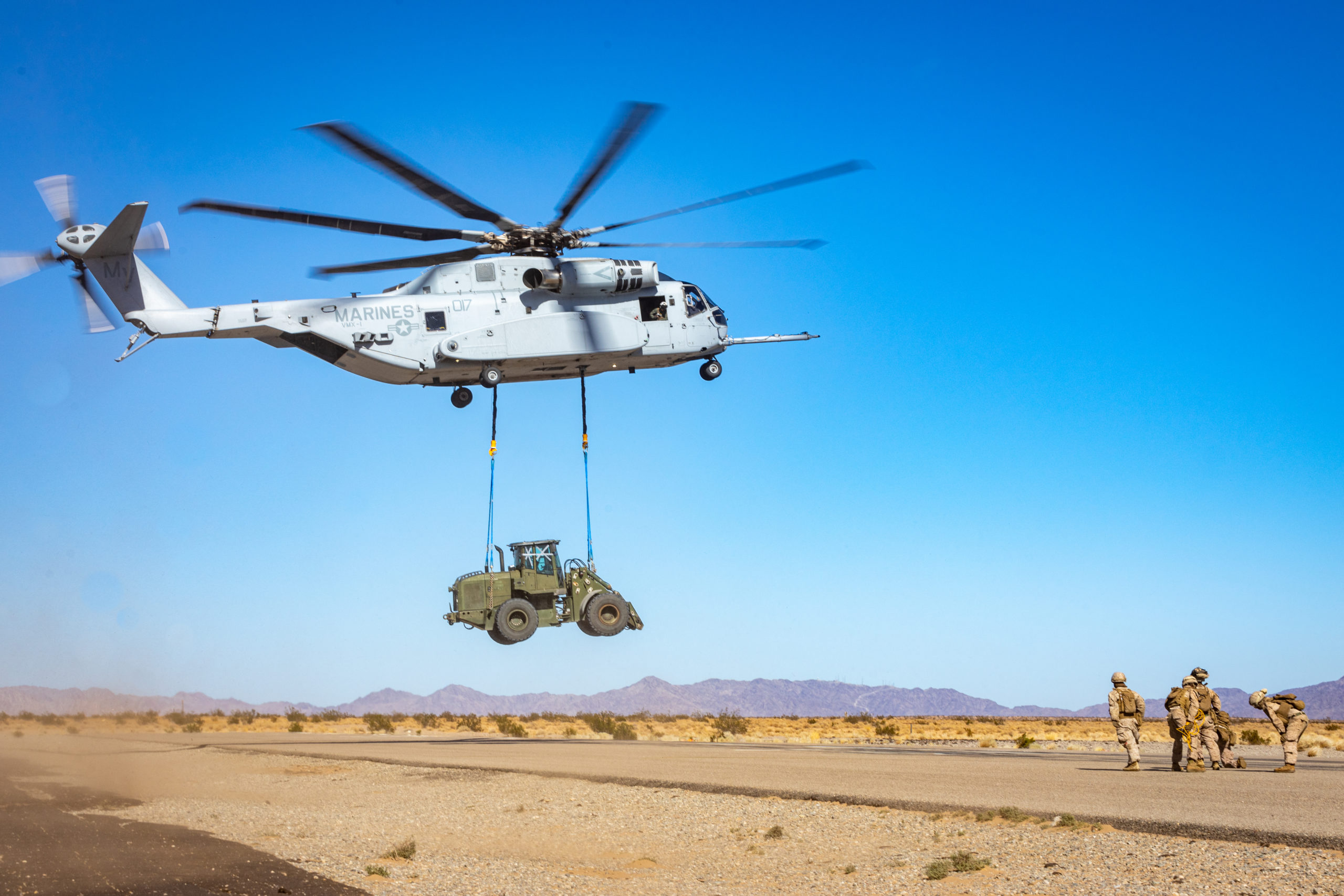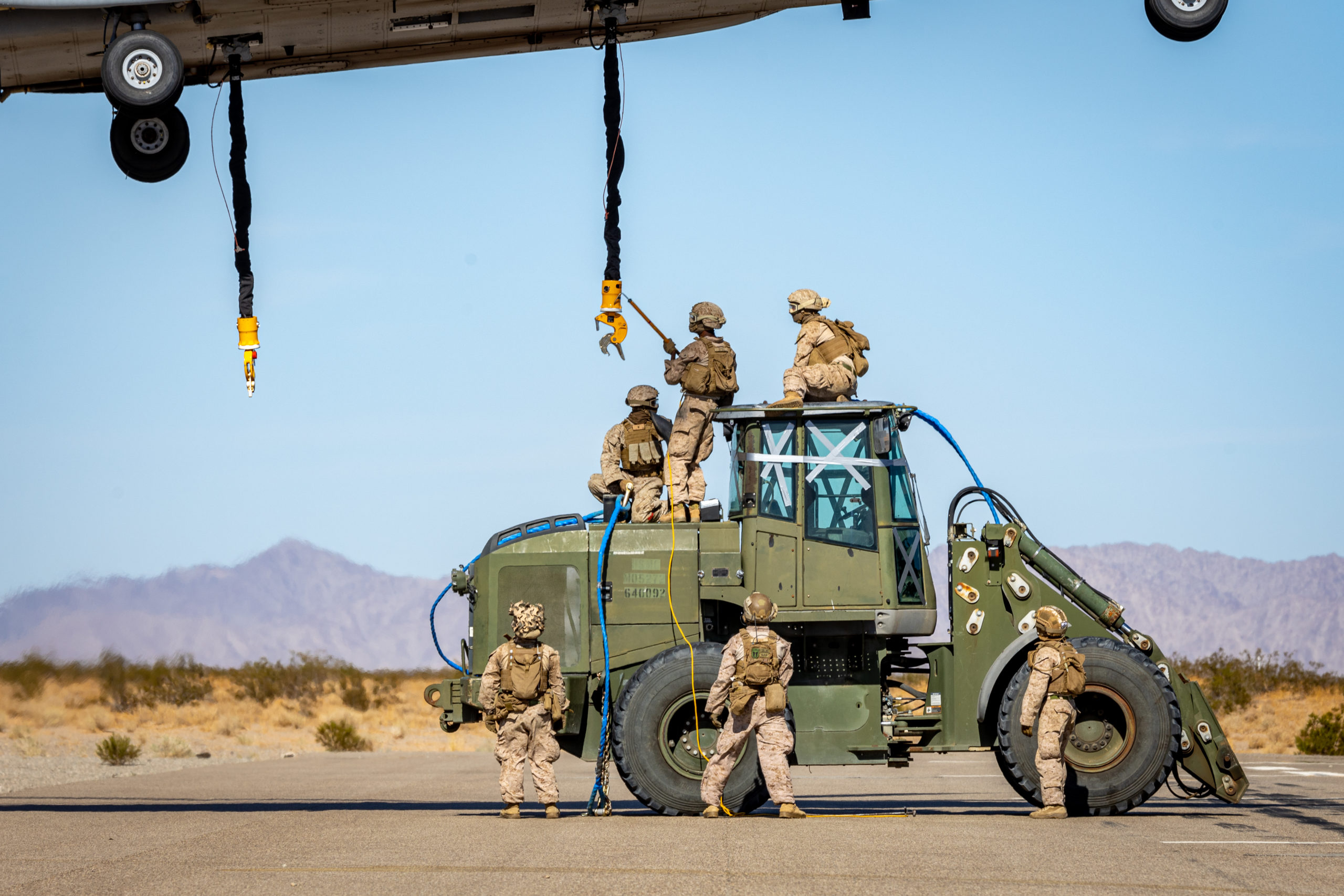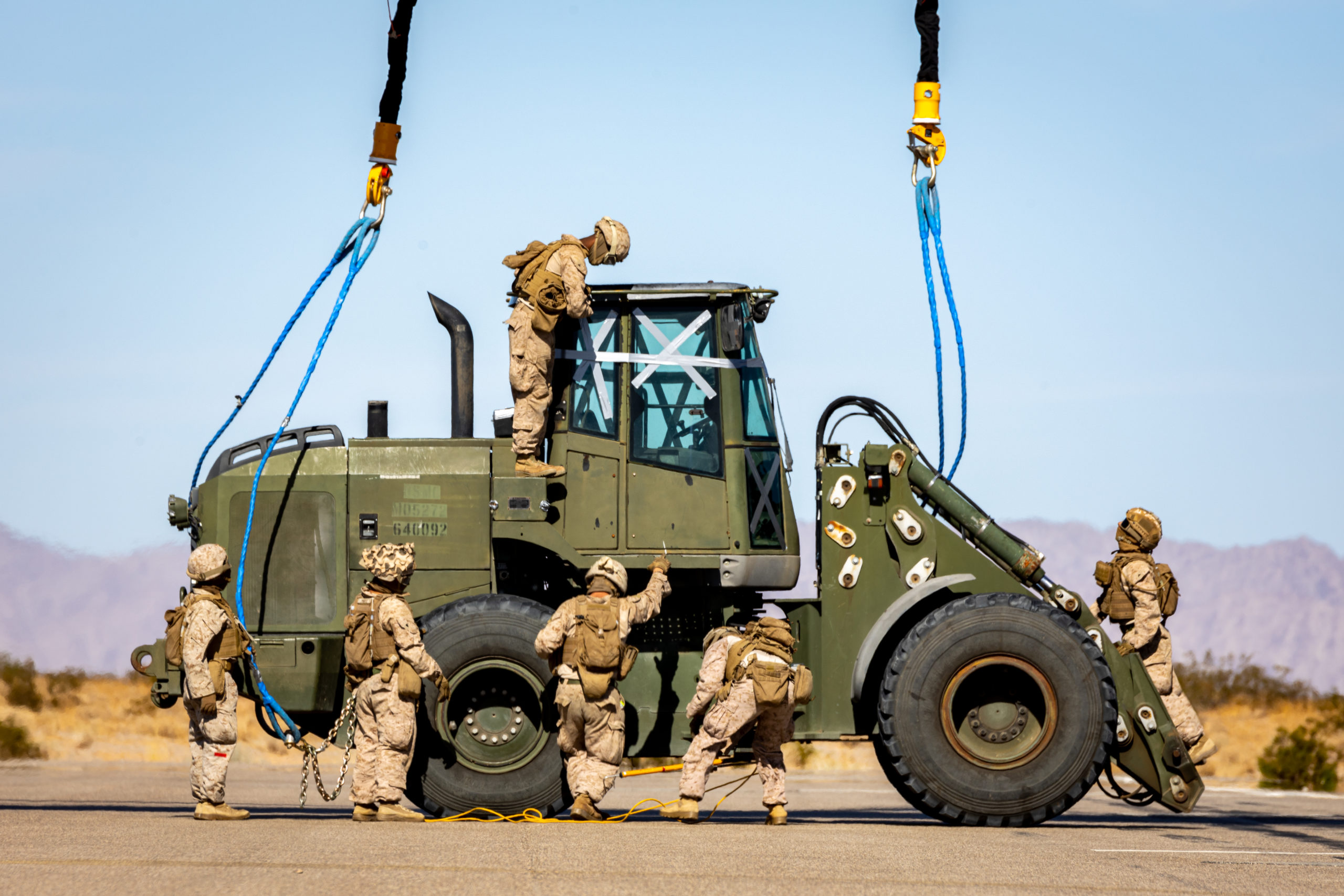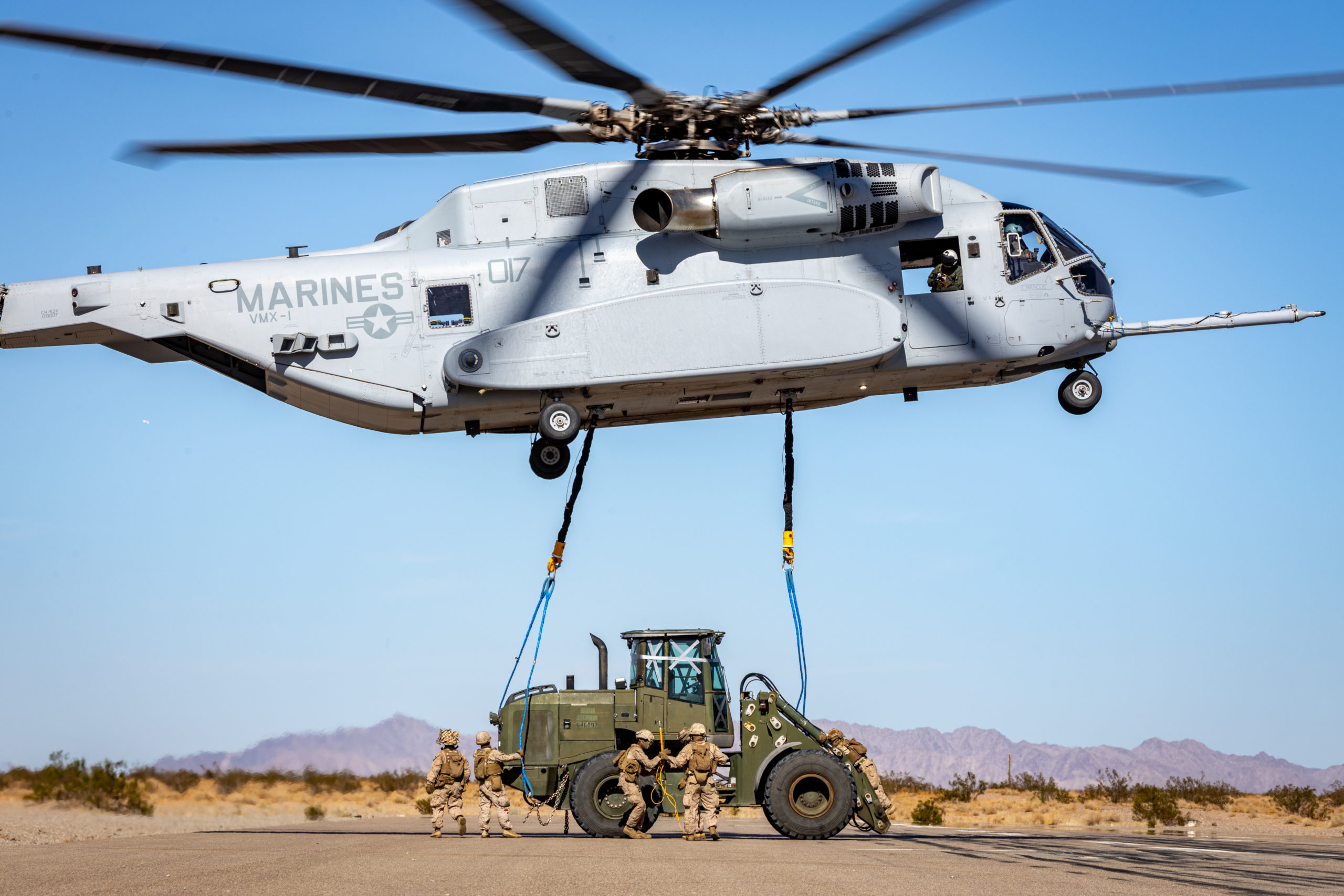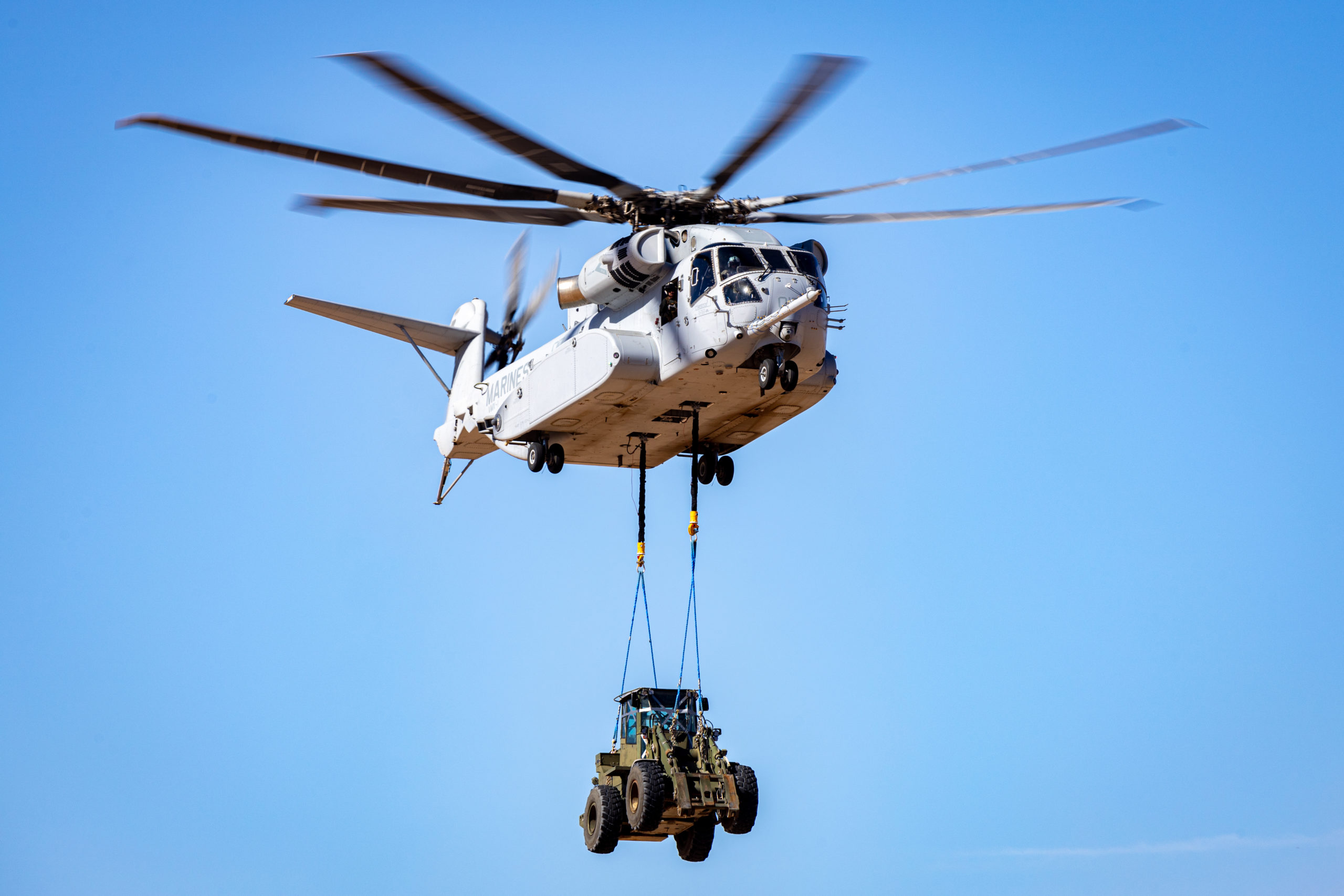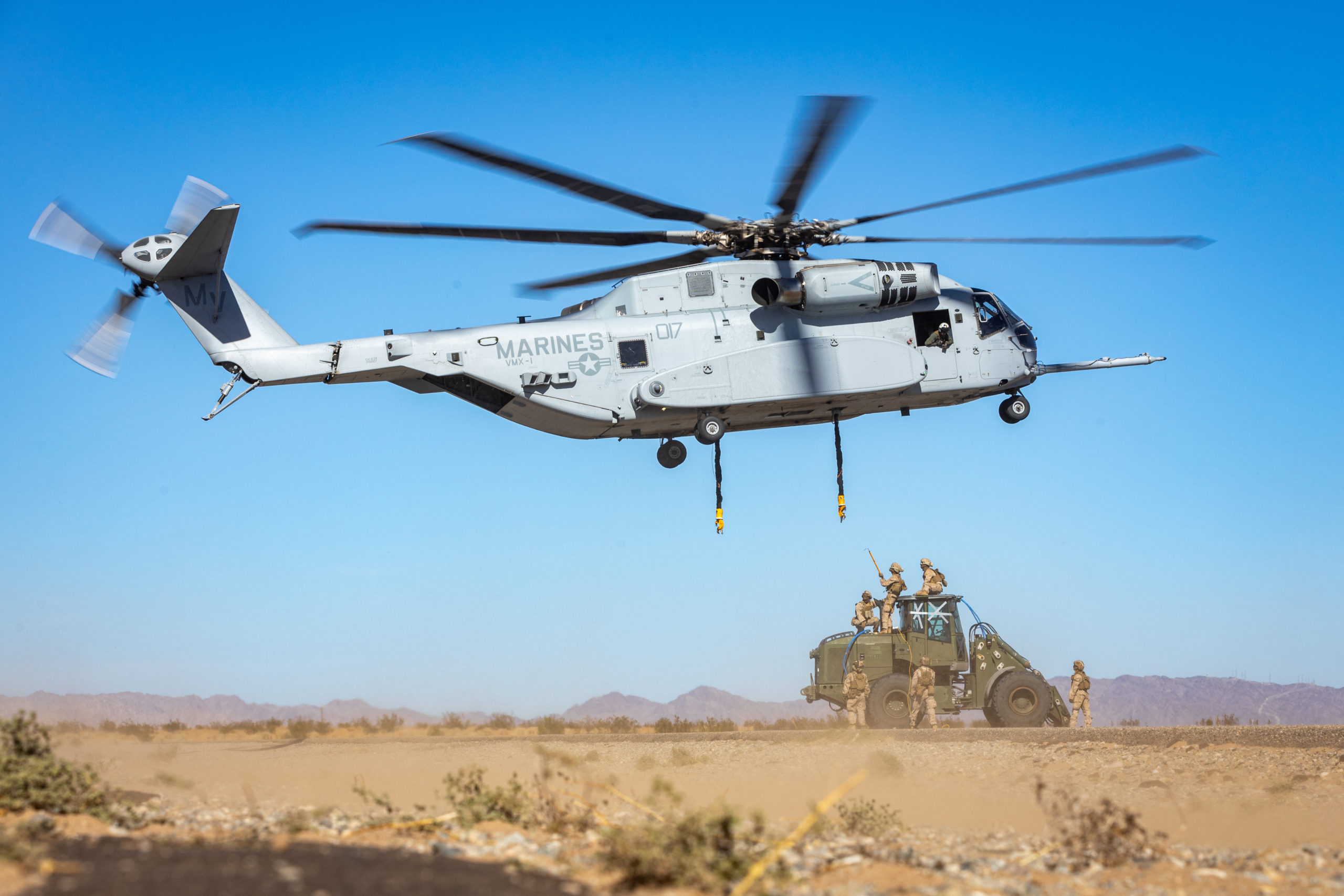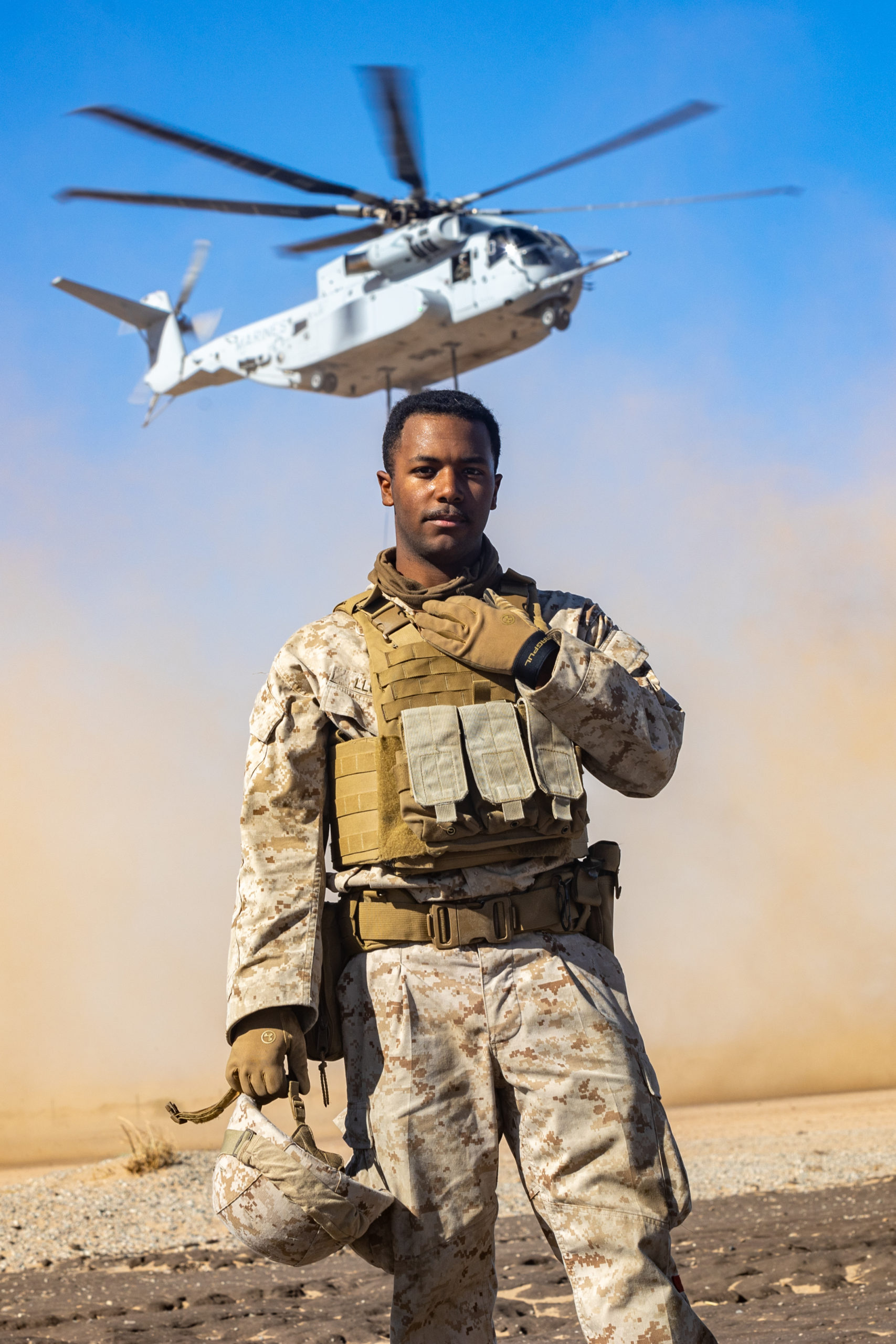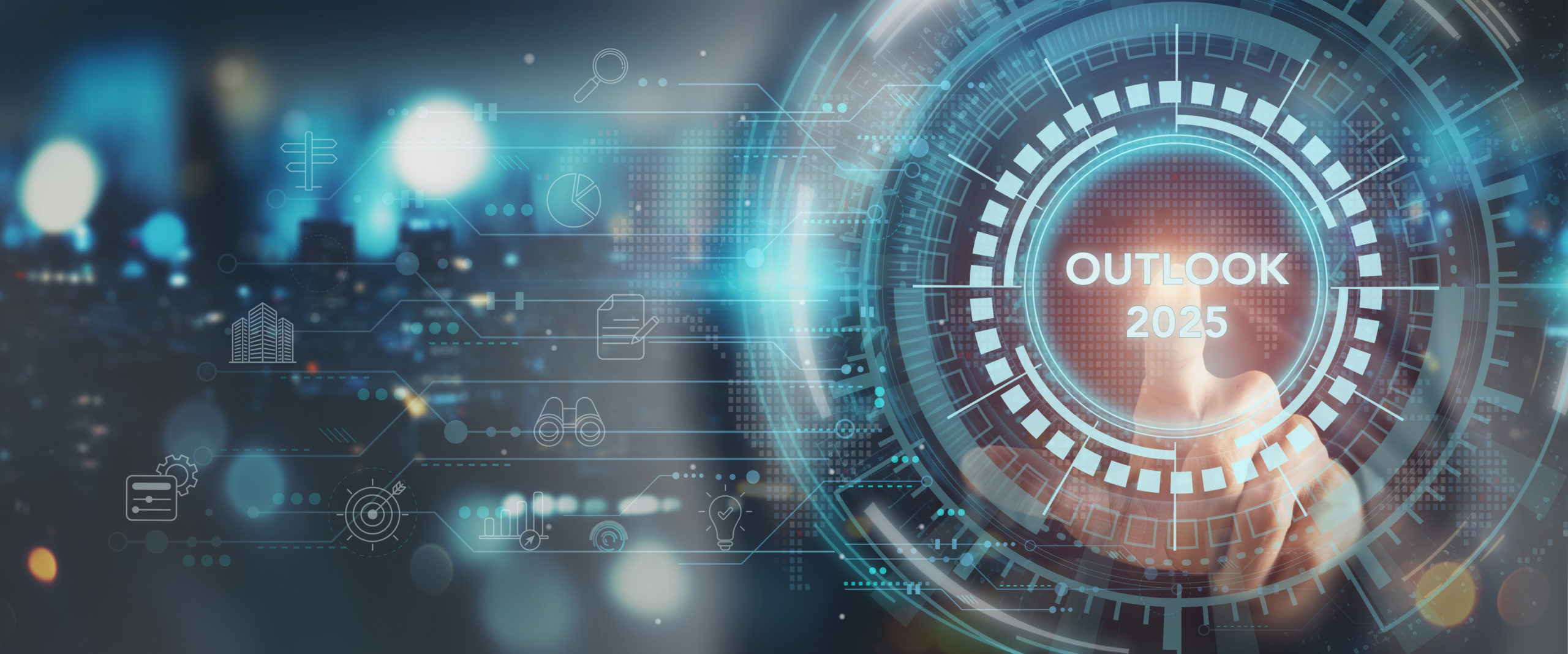By Robbin Laird
When I was working with the U.S. Coast Guard, more than a decade ago, the Commandant was considering a new acquisition approach. The acquisition approach became known as Deepwater. This is the only comprehensive mutli-domain acquisiton approach which the U.S. has tried to implement in the maritime domain.
In a 2003 Defense Horizons article I wrote for the National Defense University I focused on the Deepwater model within the context of various transformation approaches being considered.
The USCG sought to take a wide look at its needs in relationship to its missions. Performance-based acquisition was the result: define requirements in light of mission needs and provide systems to meet those needs. No longer would there be one-to-one platform replacements; there would now be decisions made on putting sys- tems in place to provide the capabilities that the USCG would need.
The Integrated Deepwater System (IDS) is the designation for this approach to system-of-systems management. At the heart of the IDS effort is an approach to industry relationships. The Coast Guard competed the contract among three teams, each playing the role of an LSI in further defining how the USCG might most effectively put its system-of-systems approach together.
The Coast Guard sought a public-private partnership, which could allow LSI to assist the USCG in getting past the near-term pro- curement requirements to consider long-term mission and capabili- ties requirements. How best to provide for the integration of assets in meeting evolving challenges?
With the signature of the Deepwater contract in June 2002, the new industrial relationship with the Coast Guard has been set in motion. The Integrated Coast Guard Systems Joint Venture between Lockheed Martin and Northrop Grumman is the prime for the Deepwater contract working in partnership with the USCG Program Executive Office for Deepwater. Now the task is to provide for a system- of-systems management approach.
Eventually, for various reasons I discuss in a forthcoming book, the USCG abandoned this approach in favor of more traditional acquisition model which frankly did not work out to their advantage.
But prior to generating this model, I wrote an input memo to the Commandant where I highlighted what I thought was a key driver of change, namely, the ability of the criminal class to buy what they wanted based on the latest innovations, and not have to go through a lengthy acquisition review process.
Well, here we are again as we confront the future of shipbuilding.
Are we going to keep focusing on the traditional legacy approach to shipbuilding or are we going to grasp innovation and change?
In an interview I did with Lt General Heckl prior to his leaving the USMC combat development command, he argued for a new approach and a new model in shipbuilding. He highlighted developing a ship based on how the drug lords smuggle in drugs via a low-profile submersible.
This was described in a 6 September 2023 SEA Power story as follows:
The U.S. Marine Corps is exploring a concept to enhance its ability to supply its forces its forces inside a contested environment: low-profile vessels used by drug-running cartels.
The Corps, however, is looking at autonomous low-profile vessels (LPVs), said Lieutenant General Karsten Heckl, deputy commandant for Combat Development and Integration, speaking Sept. 6 at the Defense News Conference in Arlington, who advocated the use of autonomous unmanned systems wherever possible.
Drug runners have built and used manned LPVs frequently over the last two decade to carry loads of illegal drugs from Latin America to the United States. The LPVs, called semisubmersibles, are fabricated in secret locations and, with a small crew, carry their payload along the transit lanes, trying to avoid visual and radar detection with their very low profiles.
“We just copy the drug lords down south running drugs,” Heckl said. “They are hard to find, so now we figure, hey, it works, right?
And these same drug lords have embraced autonomous ships while the West simply drags its feet.
This anomaly was highlighted in a recent article by Anthony Bergin and Michael Shoebridge, where they focus on the challenge seen from an Australian point of view:
Narco-subs’ are semi-submersible vessels drug lords have used for at least a decade to smuggle drugs to Europe or across the Caribbean. They sit just below the water with small chunks of the vessel above it. One intercepted by the Colombian Navy in late 2024 shows they’re now capable of sailing to Australia from Colombia – which is over 12,000kms.
This has implications for law enforcement and counter drug smuggling strategies, of course, but it is also an eye opener for our Navy, because drug lords are showing us what our adversaries – and our own Navy – should be capable of.
The small, manned sub was about 5,400kms from Colombia when it was intercepted. Maps found on it indicated it was on its way to Australia. This is the third vessel like this the Colombian navy has seized in that part of the Pacific, so it looks like criminal gangs have established a new direct and covert maritime smuggling route to Australia.
The incident is a textbook example of a phenomenon lots of tech thinkers have talked about, but which we are seeing across many types of human activity now. This is the democratisation of technology, where lots of players can produce and use systems that only a few years ago were limited to bigger national governments and multinational corporations and highly trained experts.
We’re now seeing the defence and security threats and opportunities of ‘’the small, the smart and the many’’ being realised from this in the maritime world. You don’t need to be an industrialised state working with the globe’s biggest defence companies to design and build systems for long range, long duration undersea operations.
As the Colombian drug lords and their narco subs are showing, relatively small investments are delivering rapid, large improvements in underwater capabilities and they aren’t taking decades to build working systems. They are able to do this because they can take advantage of huge amounts of unclassified commercial research and development in artificial intelligence, battery efficiency, autonomous navigation and materials. This is where major breakthroughs are coming most frequently, not from government labs or classified work by big defence companies, as was the case during the Cold War.
The new players don’t just include drug lords. Small states, or quasi-likes like the Houthis who have been shutting down maritime trade through the Red Sea using cheap weapons acquired form the Iranians and produced themselves. And the Taliban kept developing and using lethal Improvised Explosive Devices during the Afghanistan war earlier this century.
Fortunately, it’s not just bad guys we’re seeing in this new world, though.Enterprising, small companies here and across the democratic world are pushing the boundaries of real-world performance, whether that’s the thousands of start ups supplying Ukraine with weaponry including best of class uncrewed surface vessels to sink Russian warships, or Australian companies developing large unmanned submarines that can operate at long range in the open ocean (fully submerged, not semi-submerged like the narco subs).
Government ministers and Defence officials talk knowingly about the huge distances involved in military operations in the Indo Pacific and so downplay the democratisation of tech and proliferation of unmanned systems we’re seeing in Ukraine and the Red Sea as far less relevant to us.
But the interception of these Latin American narco-subs highlights that modern energy and propulsion technologies mean small, cheap systems now have very long ranges, in the order of thousands of kilometres. That makes this very relevant indeed to Australia and our military.
The Government’s National Defence Strategy made a half step to realising this by recognising that distance no longer protects us. But it didn’t draw out a key point made in last year’s Defence Strategic Review, which specifically identified uncrewed persistent, long-range undersea warfare capabilities as critical for our defence force. Beyond one project with a big new American company, Anduril, though, our defence bureaucracy is failing to acquire them or learn how to protect our forces from them.
Autonomous surface and underwater systems can deliver meaningful effects where it matters for Australian security. Certainly, navigating that semi-submersible narco-submarine across the Pacific would be gruelling, dangerous work. But the drug lords probably won’t need to convince human crews to step into them for much longer, because the democratisation of technology also means that the level of autonomy needed to navigate long distances is becoming increasingly available.
Uncrewed narco subs each carrying a payload of a thousand kilos of cocaine travelling across the Pacific from South America to Australia are feasible now and will only get cheaper and more reliable in the next five years.
Looking at this same technology from a military perspective, it’s very possible to have large numbers of cheap unmanned subs about the size of these narco subs packed with high explosives sitting off a major port. They’re no more complex than an electric vehicle and can have lots of common components and systems to an EV. China manufactures 10 million EVs a year.
By the mid-2030s, when AUKUS is meant to be delivering Australia’s first nuclear-powered submarines, those small unmanned systems will have proliferated in the thousands. If the Chinese military is smart enough to keep applying advances in navigation, battery tech and advanced manufacturing from EVs to defence systems (as seems to have been happening for years already) then, before our stealthy nuclear-powered submarines even get out to sea, they’re going to need to clear a path through loitering Chinese unmanned subs first. That’s assuming these haven’t already launched hundreds of small flying drones that have punched a lot of holes in our AUKUS subs tied up at the dock. (If that sounds incredible, the Ukrainians have already used drones and missiles to destroy a Russian sub in a dockyard in the Black Sea).
Some analysts have suggested that technology will make the oceans transparent, rendering submarines, nuclear-powered or otherwise, obsolete. It’s hard to know whether that will be the case. But what we can see occurring right before our eyes is the emergence of new species of small autonomous vessels will make the oceans very crowded. And those are likely to be the biggest threat to the ships and submarines that sit at the core of our military’s acquisition plans.
Drug lords, Houthis and creative Ukrainians are showing us what’s possible fast in the world of maritime tech and warfare. Our Navy needs to do more than write about this – they need to convince government ministers and senior bureaucrats to get out of their way and let them get the equipment that Australian companies can provide them with.
There’ll be little point in spending $368bn on 8 large nuclear subs or 6 frigates for over $45billion if they can’t leave port safely or, if they do make it to sea, defend themselves against lethal systems that even drug lords can create and use.


